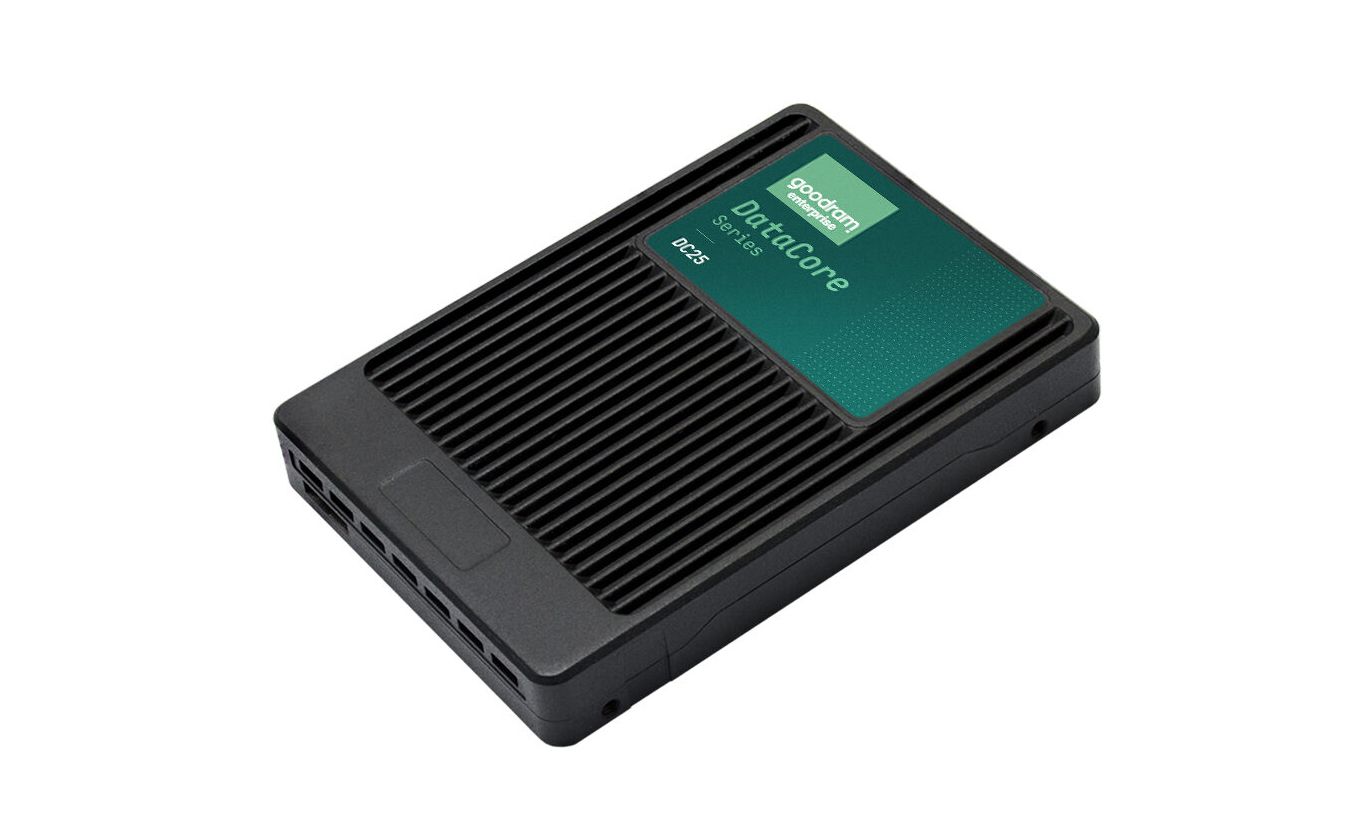Now that we have outlined
the different parts of a card payments value chain, we can explore how issuing banks can optimise their value chain.
How is the card payment value chain structured? And what are the challenges for issuing banks?
As covered in the previous article, the card payment value chain consists of several parts. Traditionally, banks viewed payments as a commodity and outsourced a large part of the card payment value chain
to Third Party Providers (TPPs).
A high degree of outsourcing causes the value chain to become longer and more complex. This results in high costs per transaction/card, long implementation timelines (as a result of multiple parties being involved) and, last but not least, very limited flexibility
for the bank to drive innovation and be fast in bringing value-adding features to their cardholders.
In the past decade, though, payments have become a strategic success factor for banks to gain and retain (mainly retail) customers, causing banks to focus on ways to differentiate their payment products offerings. However, at the same time, TPPs aim to standardise
and streamline their offerings to maximise economies of scale. Therefore, in the last few years, the market observed several consolidations among TPPs.
Earlier, there was more competition among TPPs, and banks had more bargaining power to negotiate prices and influence technology roadmaps. However, with the recent market consolidations, only a handful of TPPs are left, resulting in fewer options and less
negotiation power for issuing banks.
Another important point to consider is that issuing banks often provide a large range of payment products (debit cards, credit cards, pre-paid cards) under different payment schemes (international ones like Visa and Mastercard, but also domestic schemes).
Interestingly, it is uncommon for an issuing bank to streamline the processes for different payment products by having one value chain used across all payment product offerings. Instead, they build distinct value chains for each payment product, and thus,
they may use different TPPs for debit and credit cards, for example. This adds to the existing complexity of managing costs, services across products and the value chain.
What should the value chain look like?
To analyse an optimised card payments value chain, it is useful to consider a challenger bank building a card value chain from scratch to satisfy their customer’s needs and provide the best experience possible. Having started with card payment products (rather
than other banking products), challenger banks have a high degree of technical infrastructure and expertise in-house (unlike most incumbent banks). This technical independence from TPPs, coupled with streamlined processes across their payment products, has
provided them with a cost advantage, high speed of innovation and the ability to quickly implement new product features.
In the past decade, the technology involved across every link in the card payments value chain has changed drastically, enabling challenger banks to bring technical infrastructure in-house. Cloud technologies, in particular, are allowing businesses to in-source
large segments of their value chain – and also significantly reduce costs associated with data centres. In addition, the rise of API architectures has made it easier to build in-house technical infrastructure at a low cost.
Card payment value chains are often fragmented, with many technical and operational processes outsourced. However, issuing banks looking to optimise their value chain are increasingly insourcing such processes, leveraging modern technologies to reduce
costs and increase the speed of innovation towards their cardholders.












